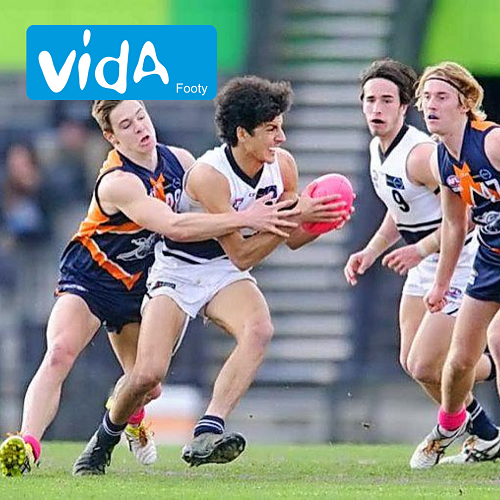
by teamvida | Sep 9, 2019 | General Footy
One of the skills that often gets forgotten at training is tackling. Teaching your players the best ways to tackle can be a crucial skill that helps the team overall, as well as the personal development each boy or girls gets. Recently, with the new rules on bumping and sling tackling, the tackle needs to be even more precise and therefore developed just as much as key skills such as kicking and hand-balling.
There are two main ways in which to teach the tackle:
1. Isolated, closed skill.
This is where you can really focus on the technical component of the tackle. Making sure your players learn to protect themselves, and also the person they are tackling.
The main technical things to convey are:
– Lead with your shoulder and the same side leg (left shoulder, left leg)
– Watch the hips of the opponent
– When tackling from behind, turn player to the side
There are several videos available to Vida members that assist with learning to tackle:
Tackling Technique no ball
Tackle evade with help
2. Open, Game sense
Once your players have a greater understanding of the technical aspects of the tackle, it’s important to practice the skill in an open environment, where real simulations from the weekend can take place.
Both players tackling, and players getting tackled need to know how to execute the skill, therefore the below activities will help in that area.
More videos for Vida members:
Tackle Square Roll and Tackle
Tackling Square with Hand-ball
Handball Grid with Mini Goals
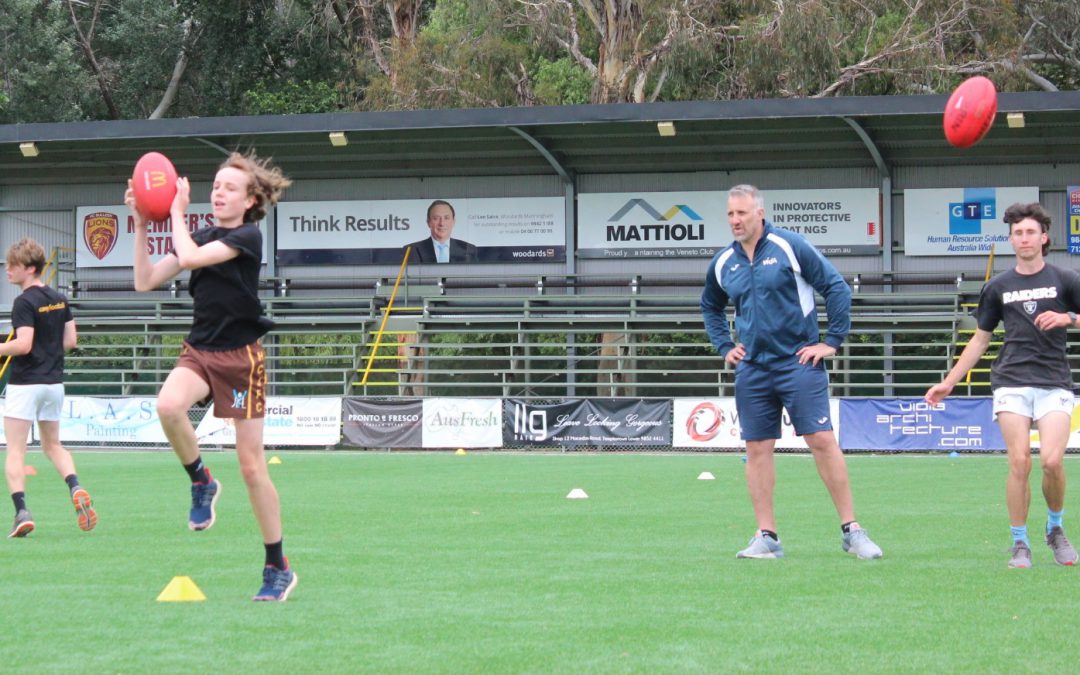
by teamvida | Aug 26, 2019 | General Footy
Warming up for a training session needs to have purpose. Additionally, there needs to be several focuses and goals within the first part of your training session. As coaches, you need to think about what you are trying to achieve through the whole session so that time is best utilised, rather than just some throw away time to get your players warm. The following factors are some of the goals you would want to achieve during the first 10 or 15 minutes of a training session;
– Players need to get physically ready for the session
– Get your players mentally ready for the session
– Touch the footy and work on closed, technical skills
– Work on good training habits and match day habits
– Plenty of touch
– Coordination and fitness activities
Suggested videos for warm-ups for Vida members:
In our video section, click on Warm-ups and all the activities that we have tagged as a “warm-up” will appear in your search results. Alternatively, click the below links to go straight to the videos. There are some composite ones where 4 or 5 activities are mixed into one warm-up, and also some individual activities you can mix into your own sequence of drills.
158 Composite Warm-up
142 Composite Warm-up
136 Composite Warm-up
137 Composite Warm-up
78 Dynamic Stretching
83 Tap-ups
120 Runway warm-up
62 Large Handball set-up
47 Self Kicks
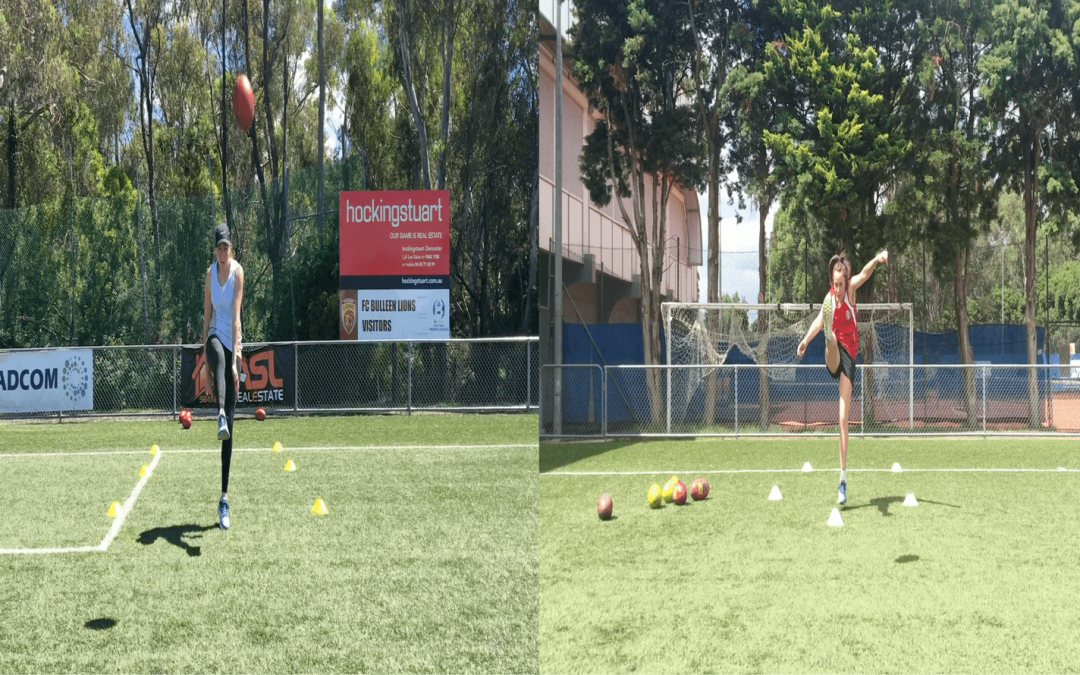
by teamvida | Aug 19, 2019 | General Footy, Player Development
This article will go through various technical focuses that are important to incorporate from the start of the season so that players can start working on their opposite side.
We have noticed a large number of players who could kick really well of their preferred side; but kicked substantially worse on their opposite foot.
It’s important to incorporate some technical development for your players at the start of the season. Making sure players try and use their opposite foot during a game is crucial to their development as a player. Even at the AFL level, players are entering the system not being able to adequately kick on their non-preferred side.
Throughout the week you should be encouraging your players to kick on their opposite side throughout your activities, especially when pushed to that non-preferred side. Developing this tool will make that player so much better as a whole.
Think about player such as Sam Mitchel, who can get out of trouble from either side. They can also attack from either side of his body, making him a great player even if he may give away some six and speed than some other AFL Footballers.
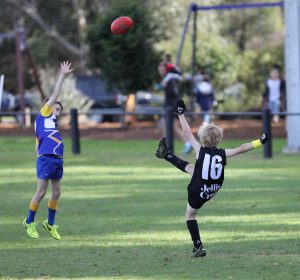
During a Game
You may not necessarily want to set KPI’s for this as the occurrence may vary. However, you would want to let your players know that they should keep their own tally of opposite foot or even opposite hands handballs. Your players will know when they should be using their non-preferred side, so therefore try to get them to tell you after the game how many times they did so when they had the chance.
After the game, have a discussion about why it is important to develop this skill and therefore try to get your players to understand the “why”. You can then use this feedback to take into your training sessions throughout the week, and reiterate the importance of the opposite side.
Some great activities available for Vida members that are usually just done with the preferred side but can be modified for the opposite side are;
Kicking Square – CLICK HERE
Warm-up Details (Do with opposite Side) – CLICK HERE
45 Gates – CLICK HERE
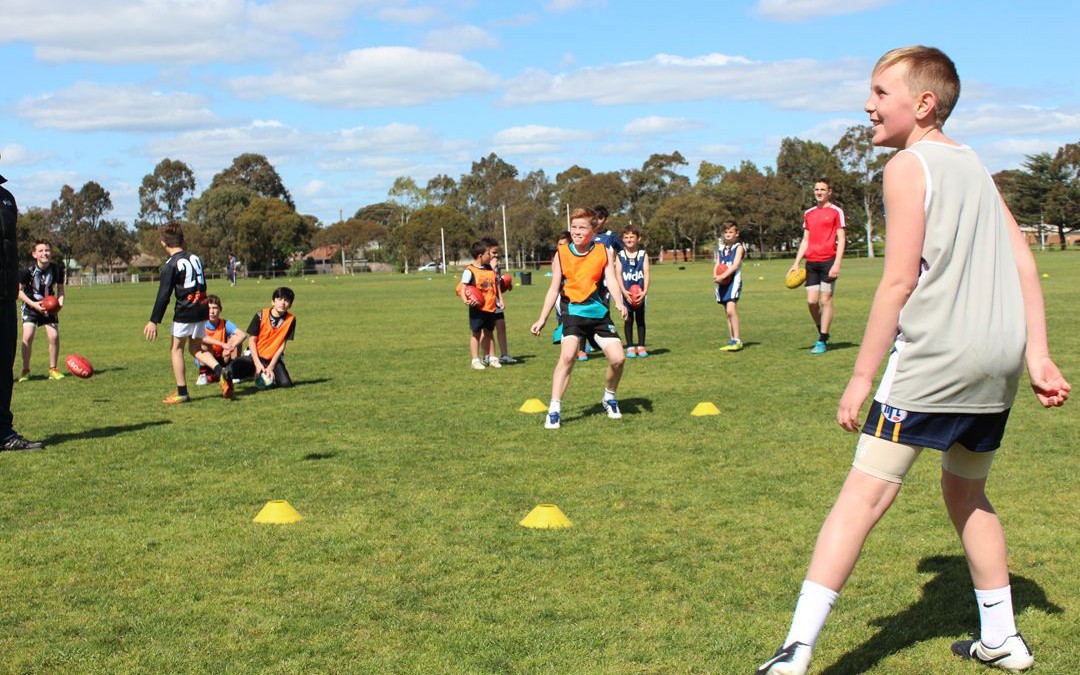
by teamvida | Aug 12, 2019 | General Footy
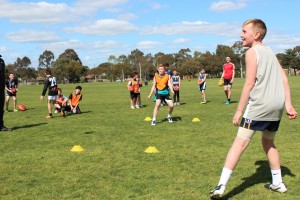 As we look into the last few games of footy, it’s important to remember to still plan and have purpose behind every training session as we prepare for finals.
As we look into the last few games of footy, it’s important to remember to still plan and have purpose behind every training session as we prepare for finals.
Skill development should never be overlooked, and if you see someone at training doing something wrong, you should still fix it. However, the main focus this week should be on game plan, touch and game sense activities. Game sense activities will get your players used of game simulation throughout the week, therefore getting them ready for finals games.
Below are some more great activities for a game sensed themed week available to Vida members:
Active Warm up with Goal Kicking. – Click here
Get your players moving with a dynamic warm up with goal kicking as part of the focus. This warm up gets your players ready for the session, as well as focusing on kicking goals from different angles.
Kicking Endzone – Click here
A grid style activity aimed at getting players to practice either transitioning forward or backwards. It’s also a great activity to get players to practice their zoning off or playing man on man.
Offensive and Defensive Transition.
Similar to the end zone activity, but gets players to work both ways in a continual effort. This is great to emphasise two way running throughout a tough game. It also enables you to work on communication, spread, and teamwork.
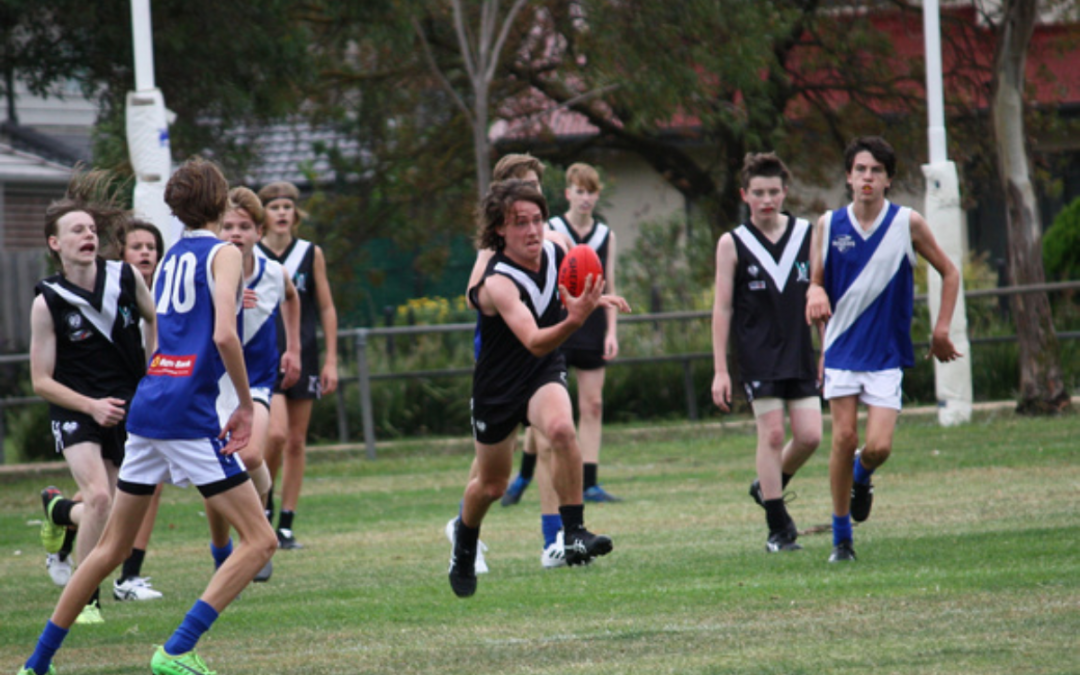
by teamvida | Aug 12, 2019 | General Footy

If your team is playing in the finals this weekend, well done! What a great opportunity to get your players used to the added pressure of finals footy. There will be plenty of emotions from players, parents and coaches, but it is important to remember it is still junior footy, and the main goal of junior footy is development.
Skill development should never be overlooked, and if you see someone at training doing something wrong, you should still fix it. However, the main focus this week should be on game plan, touch and game sense activities. Game sense activities will get your players used to game simulation throughout the week, therefore getting them ready for the weekend.
Below are some great activities available for Vida members for a game sense themed week. Good luck to all teams in the finals!
Triple Handball Grid – Click here
Third person in, then exit – Click here
15 Meter grid, then transition through defenders – Click here
Handball grid, with I formation forwards – Click here
Defensive running – Click here
Feedback to runner – Click here
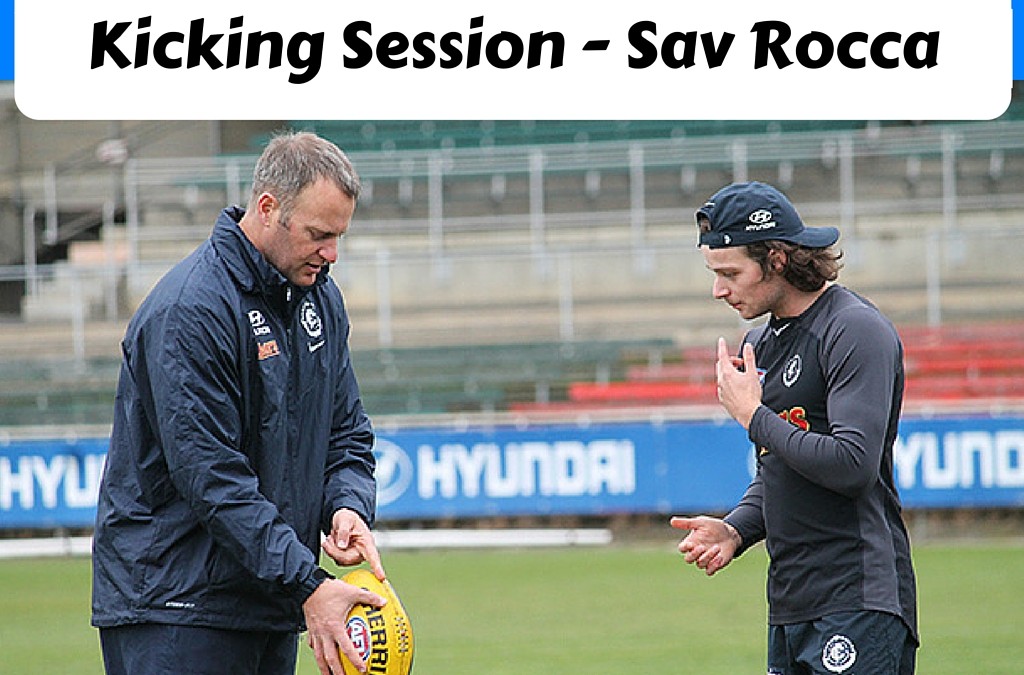
by Justin | Jun 18, 2019 | AFL News, Coach Development, General Footy
Our resident kicking specialist, Sav Rocca had an article published by the Herald Sun by reporter Jay Clark talking about the importance of specialized skills training in footy. At Vida footy, we belive in doing the extra work in making sure skills are developed at a young age. When Sav came on board, we continued our weekly Skills Sessions with great results.
Despite the increased professionalism in the game, Champion Data statistics reveal set shot goal kicking accuracy has got worse over the last decade.
But Rocca, currently working at the Blues this year, is adamant proper goal kicking coaching would improve a team’s scoring by about two goals a game.
“It’s only a couple of little things you need to tweak here and there and you can really get a huge benefit out of it,” Rocca told the Herald Sun.
“But it’s getting someone who can really pinpoint what’s going on when players are missing goals and really fine tune.
“I’m talking mainly set shots.
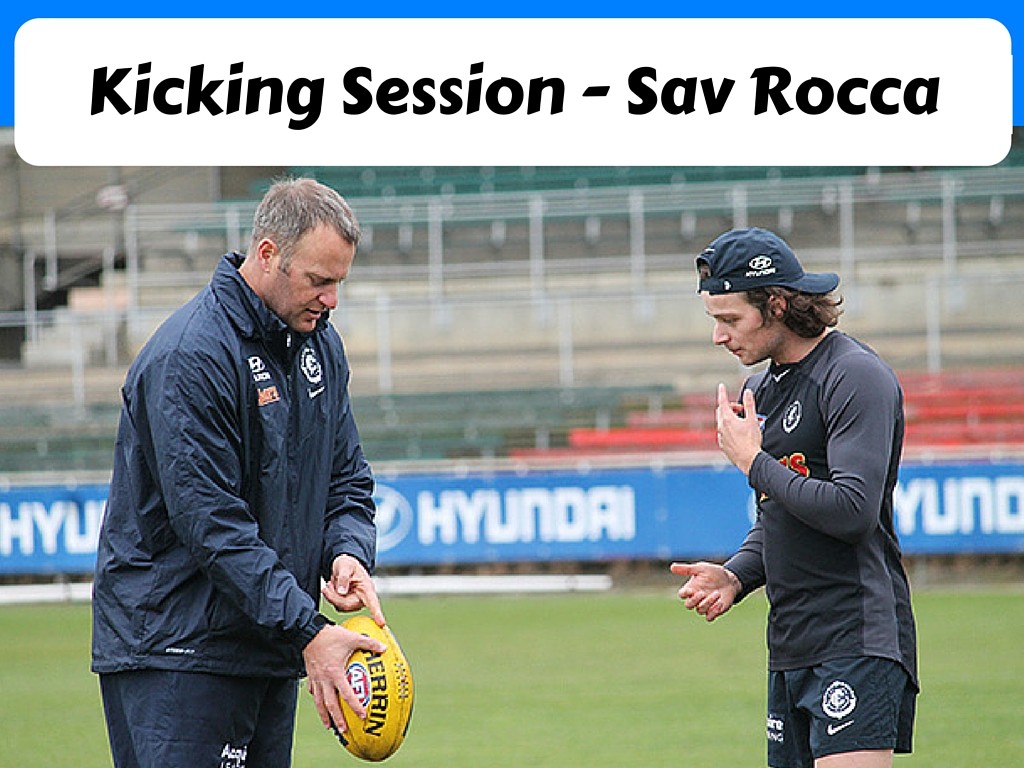
To read the whole article click here.






 As we look into the last few games of footy, it’s important to remember to still plan and have purpose behind every training session as we prepare for finals.
As we look into the last few games of footy, it’s important to remember to still plan and have purpose behind every training session as we prepare for finals.



